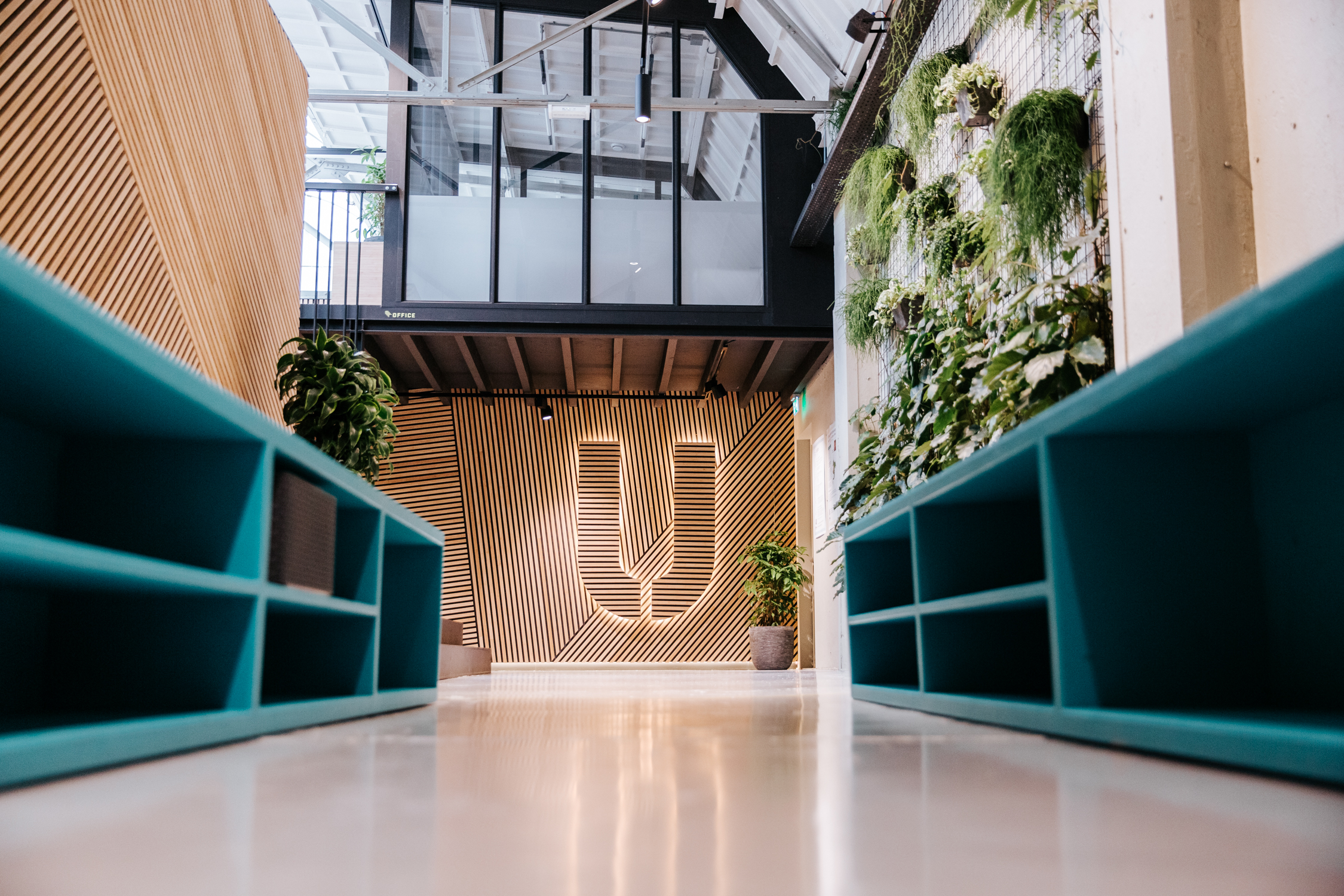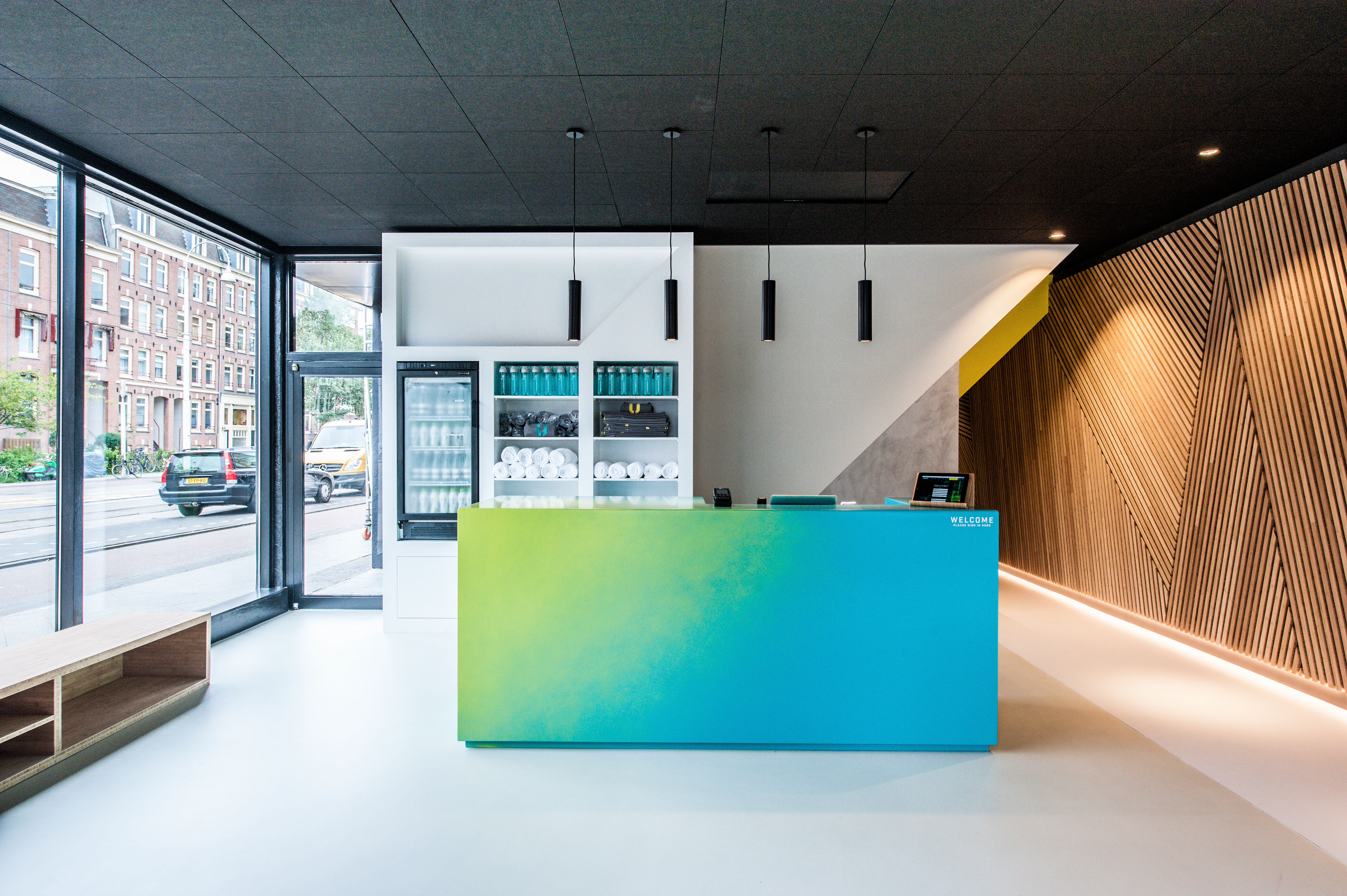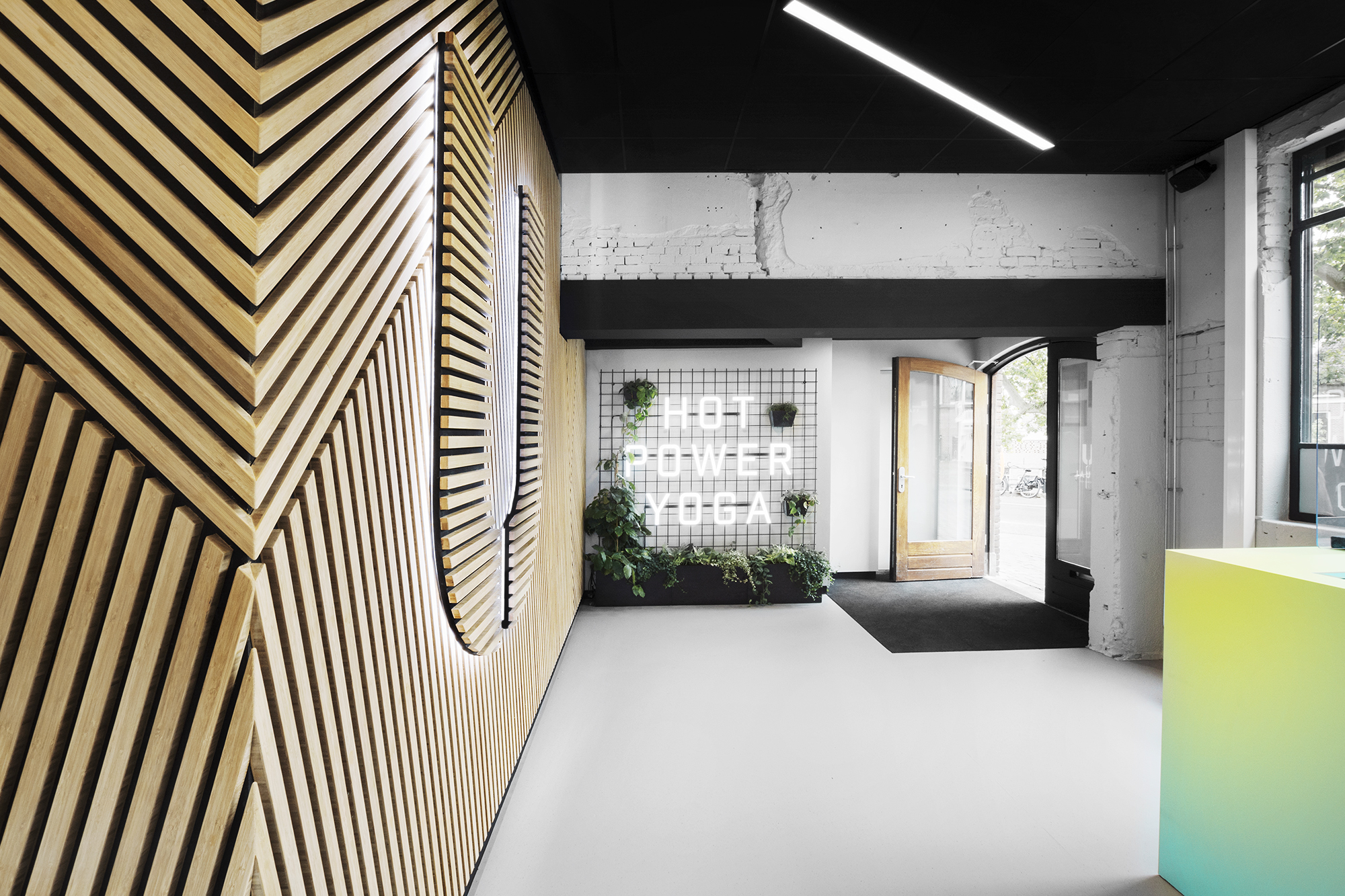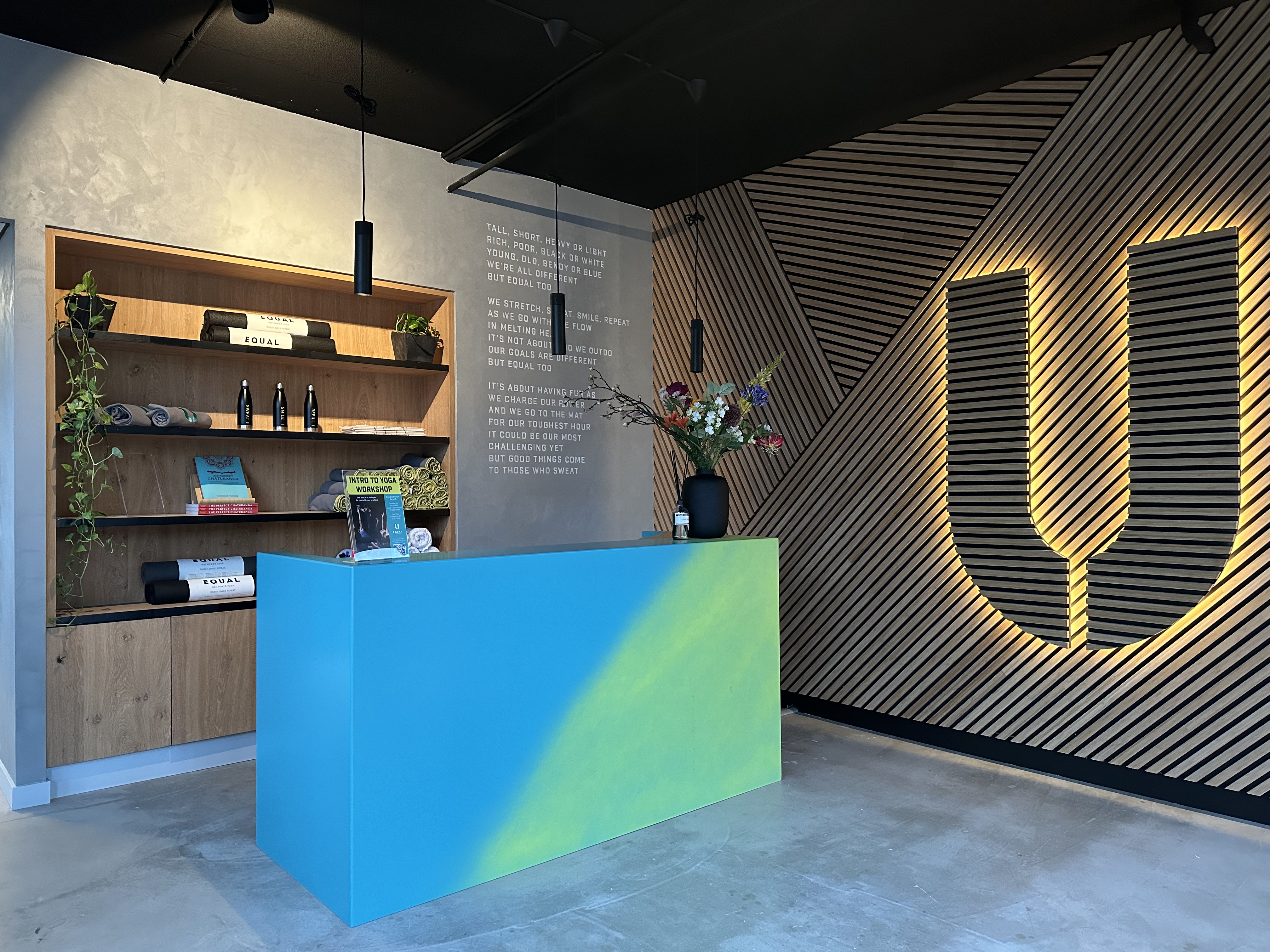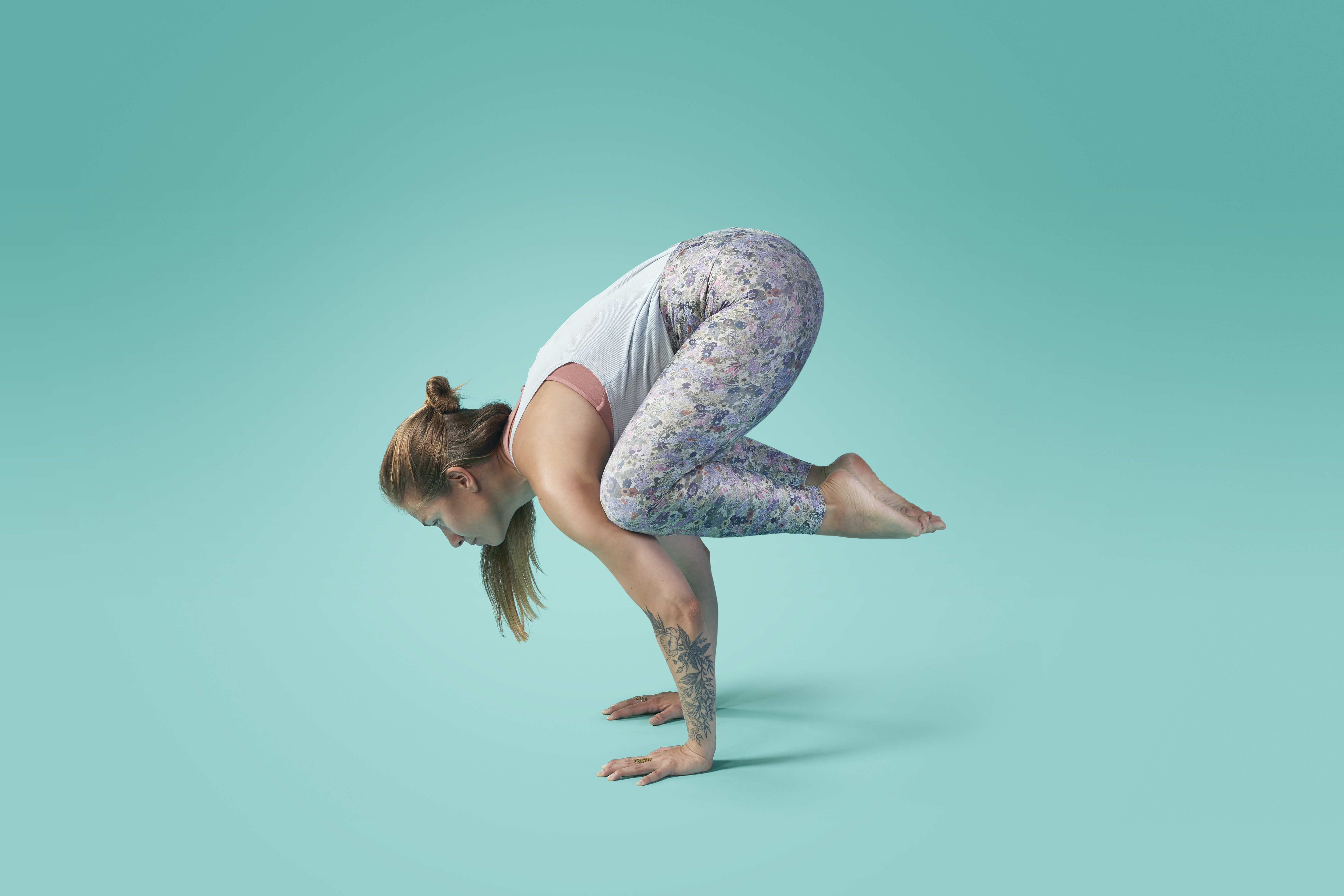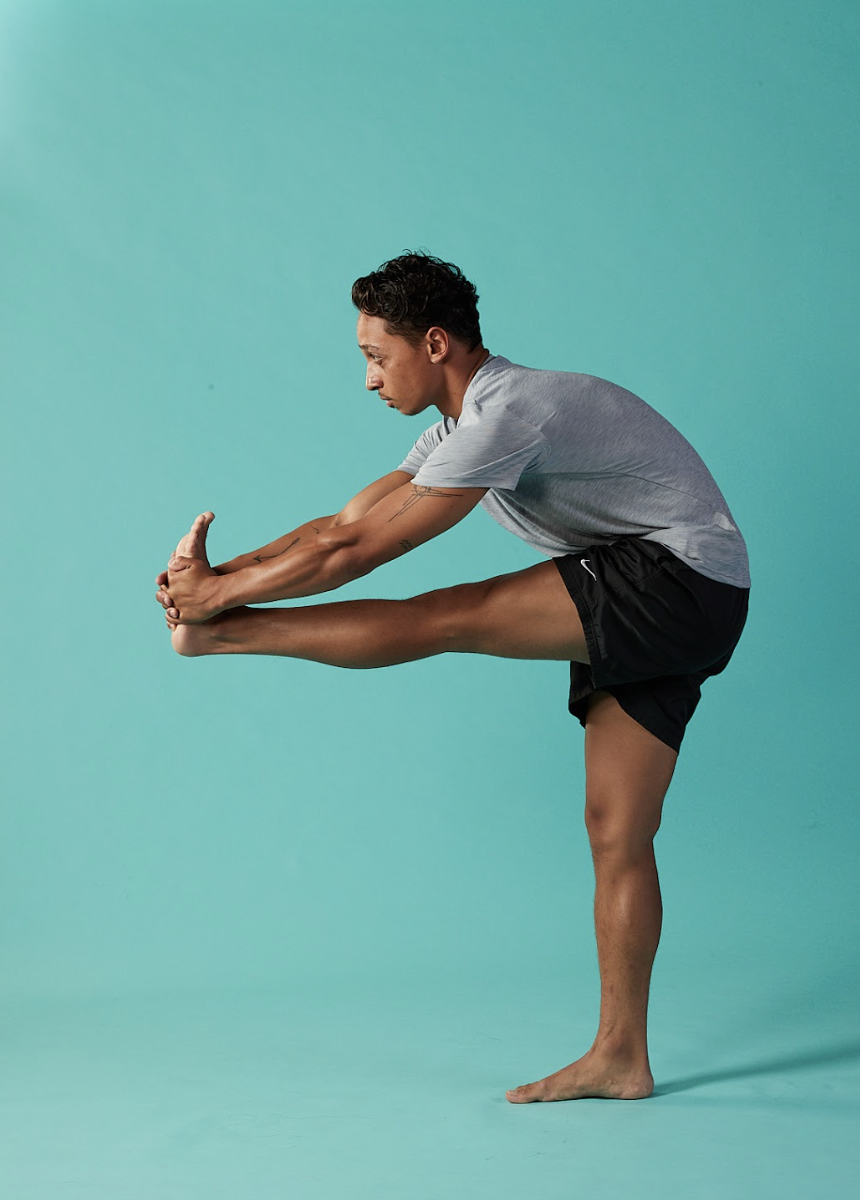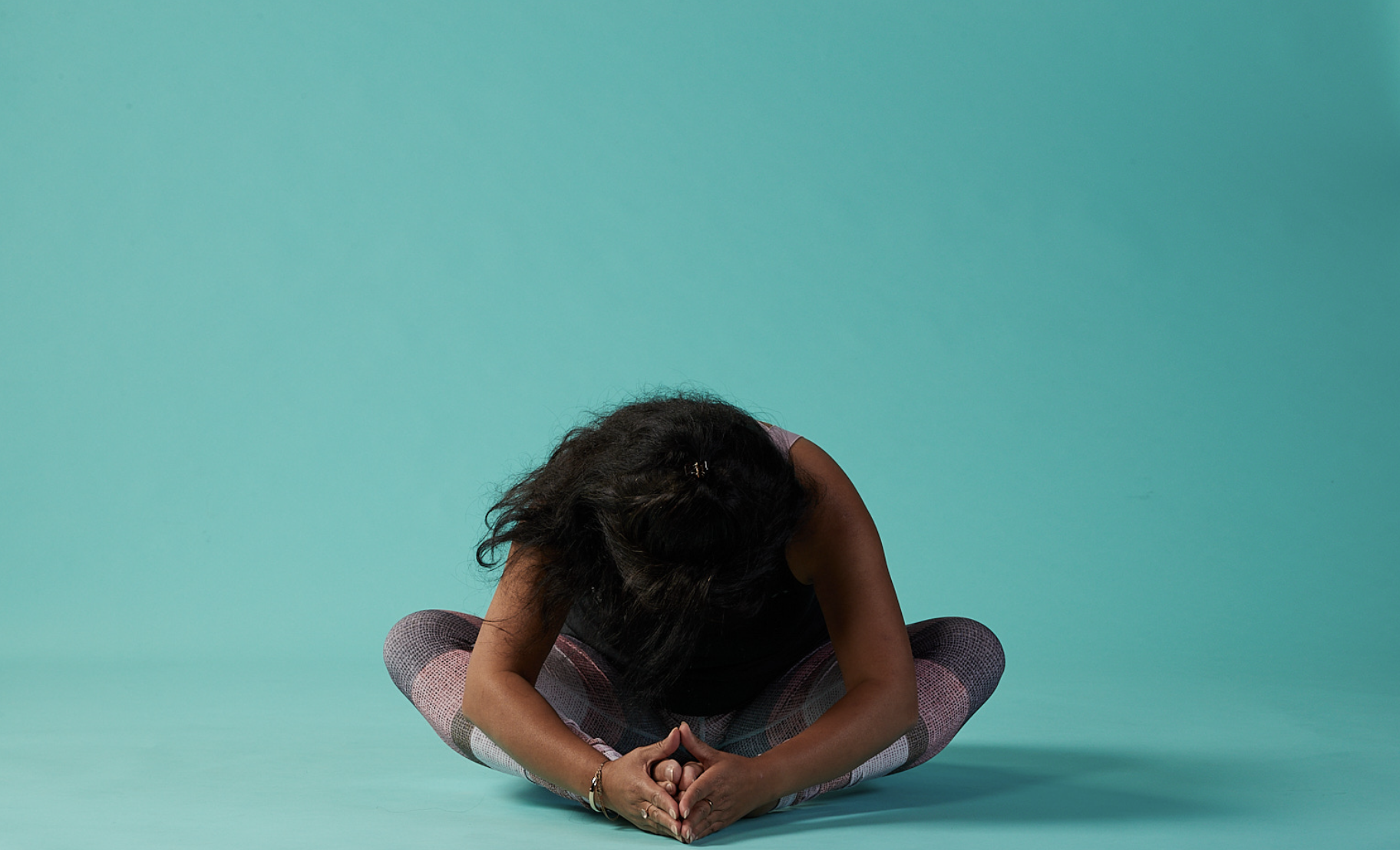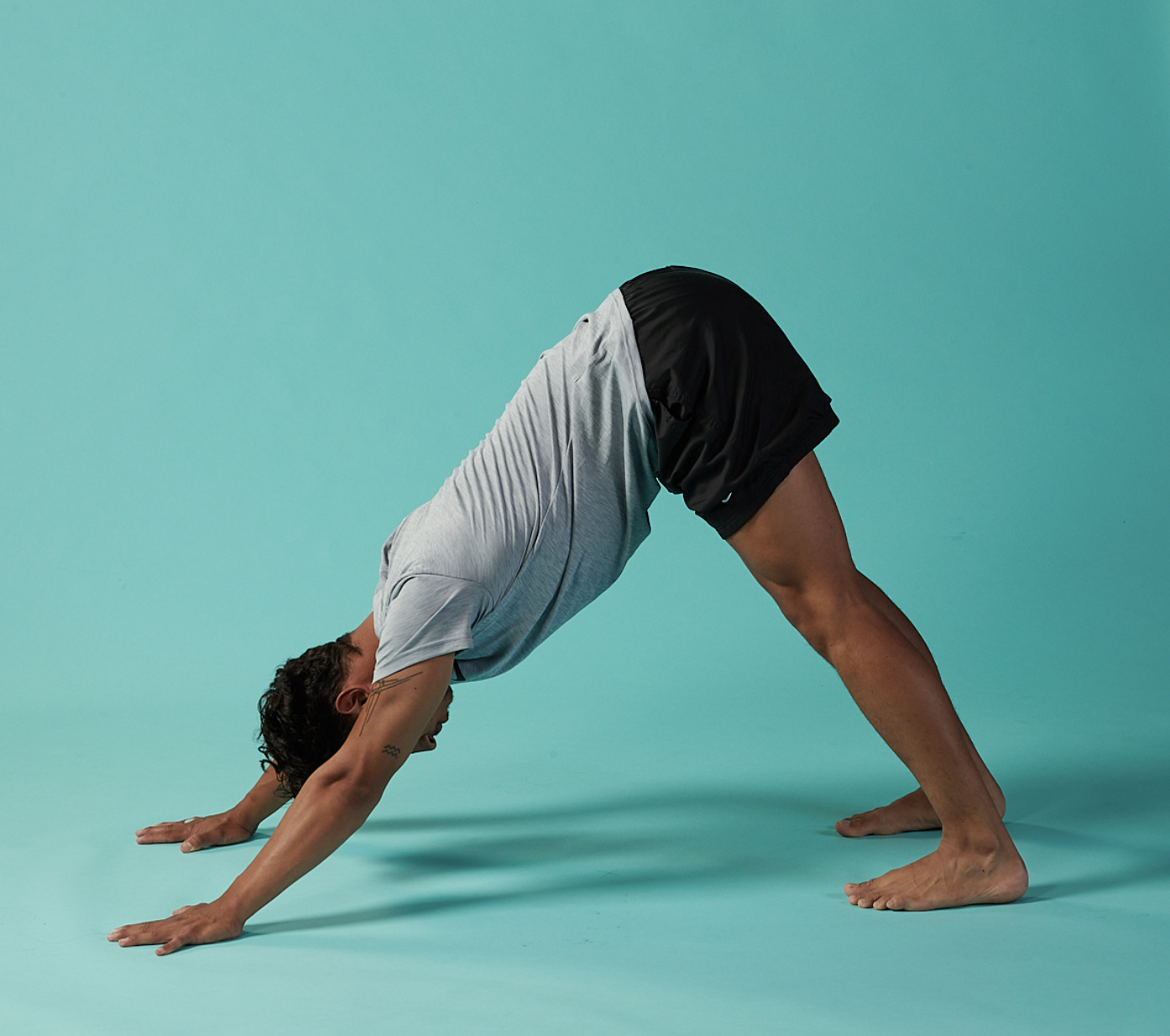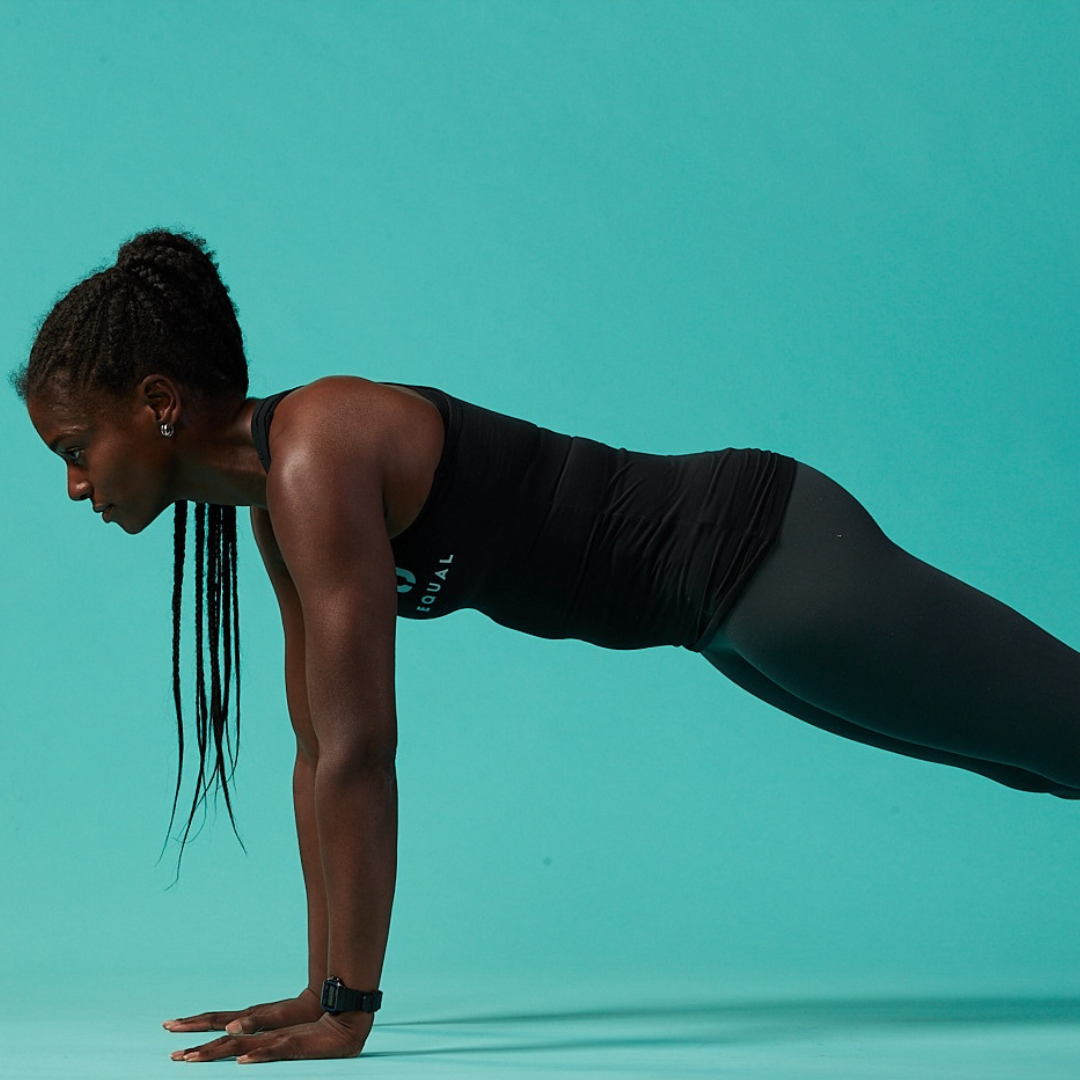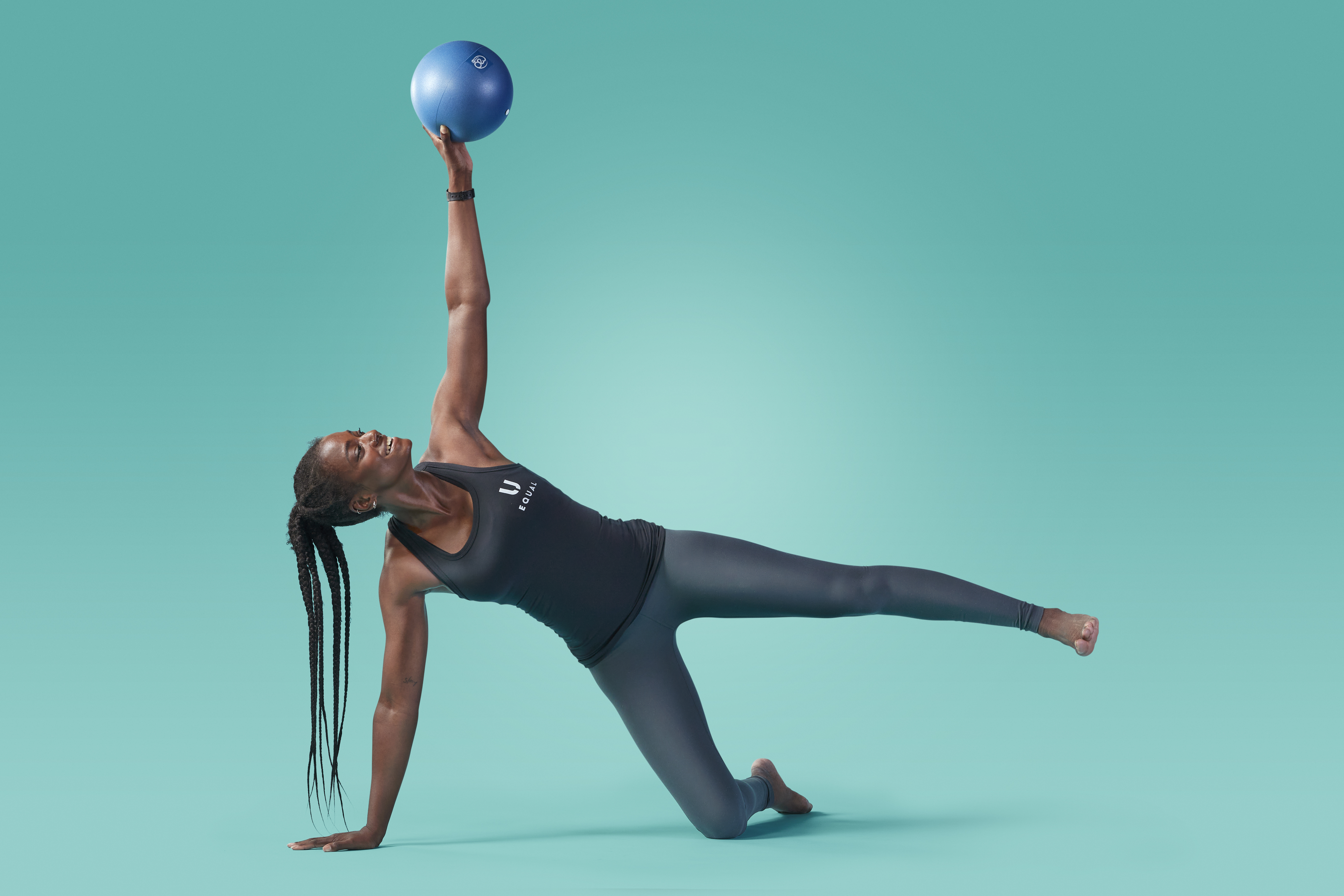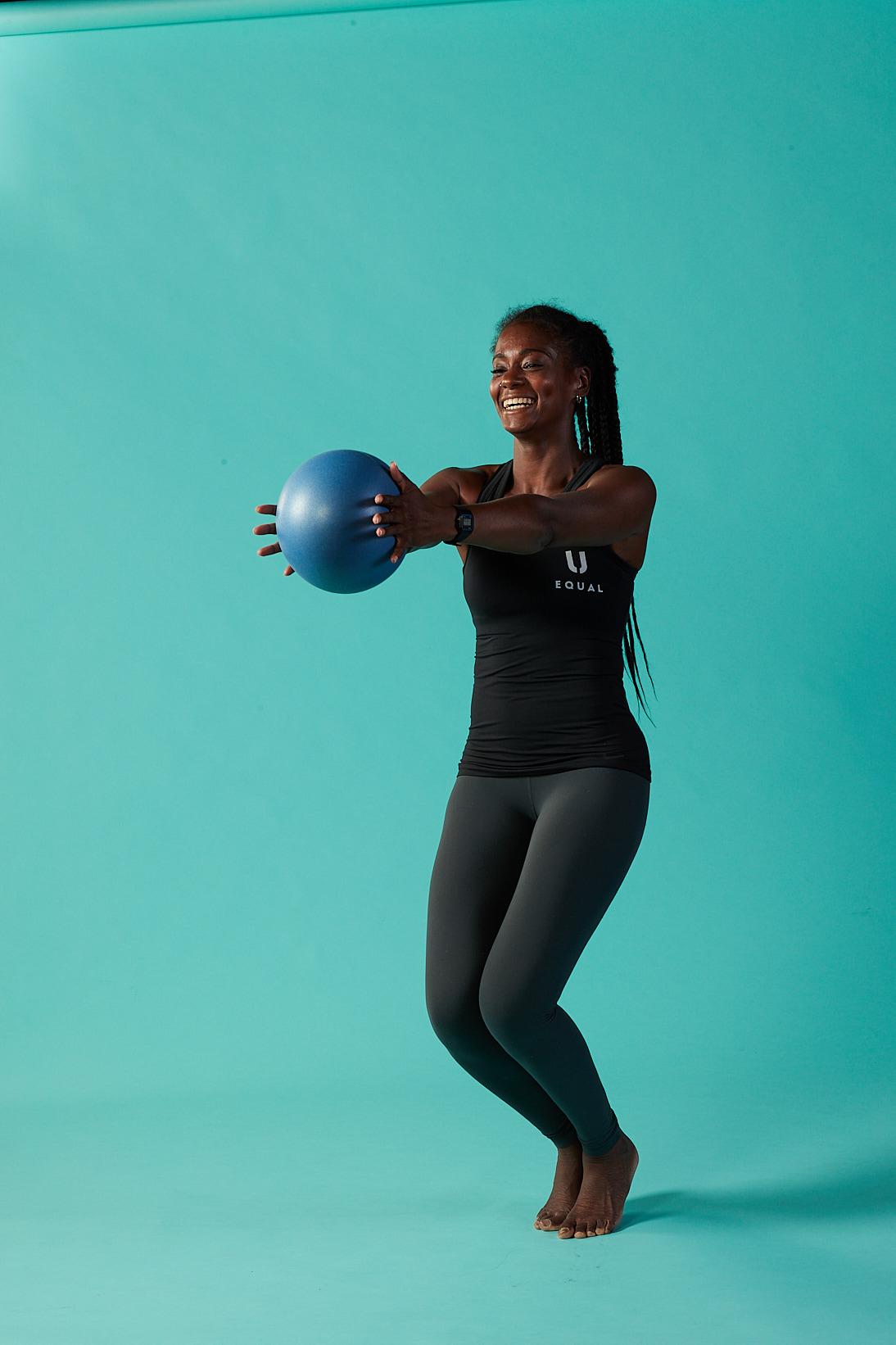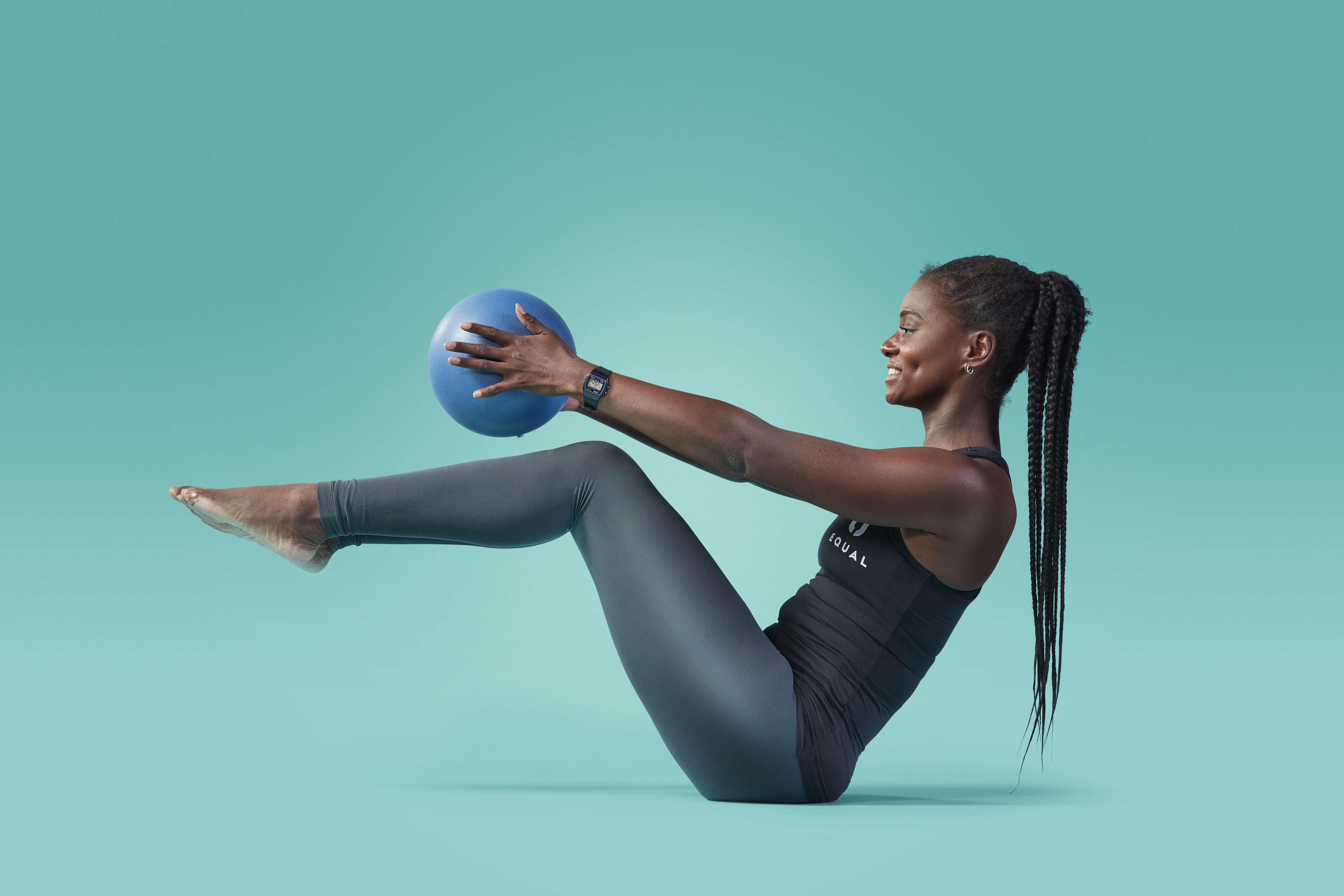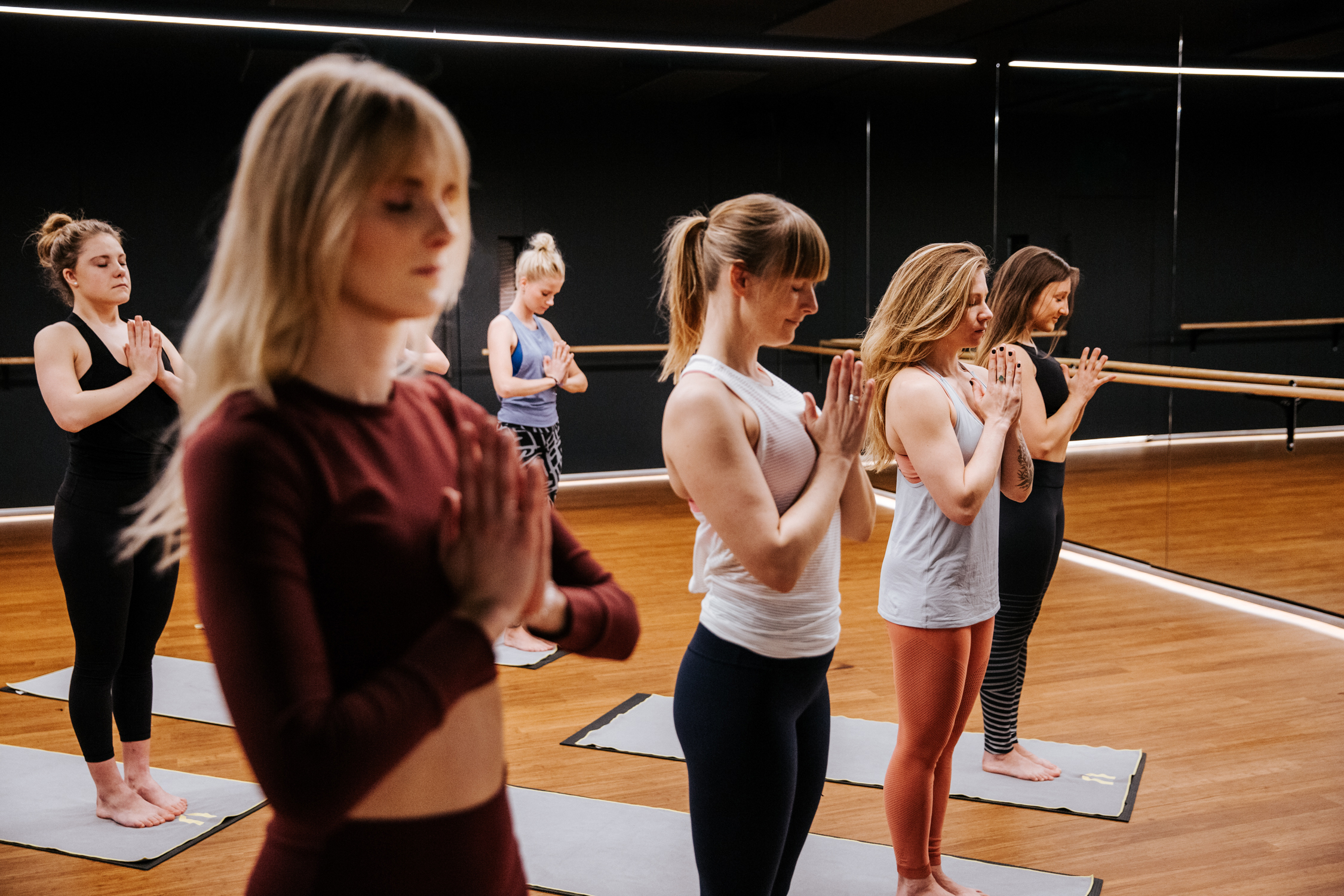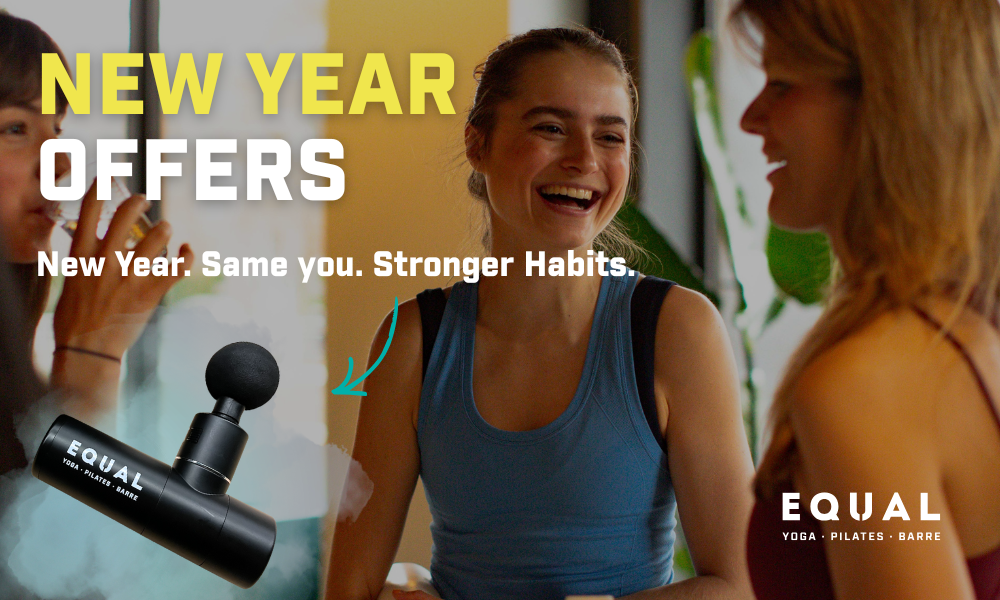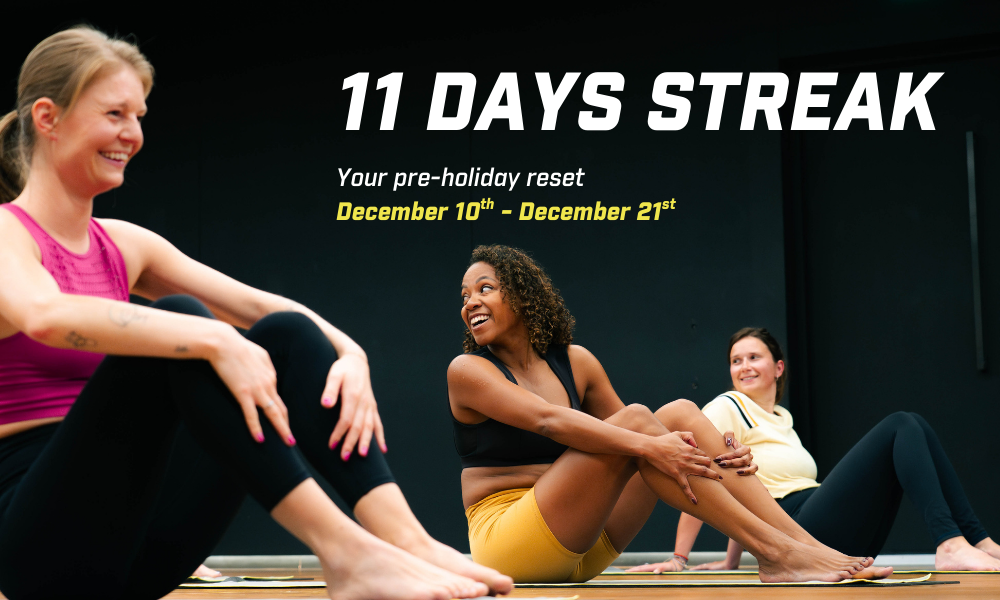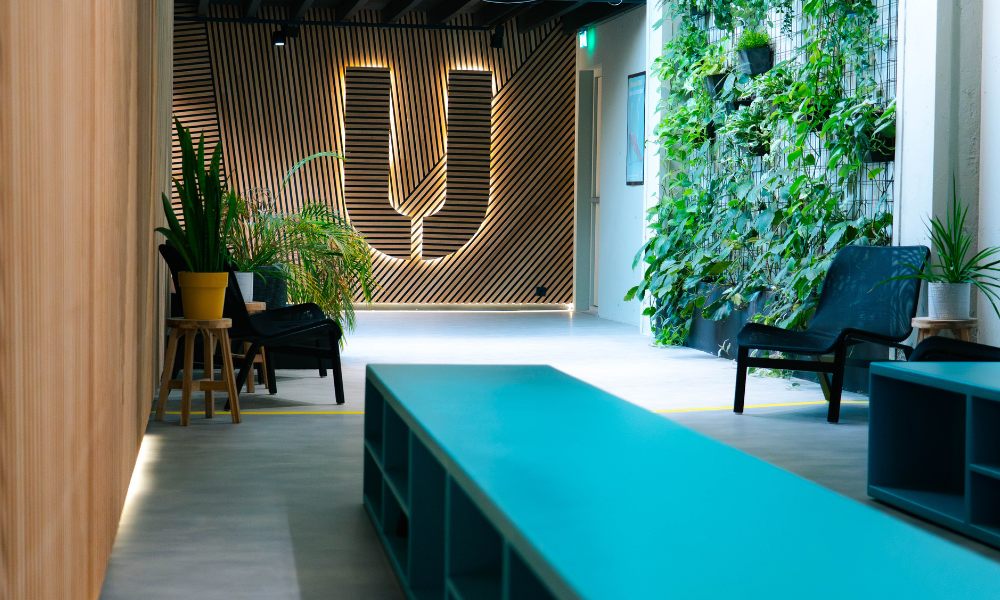Slowing down can be a challenge. Our daily lives are fast-paced, we are always on the go, have a busy mind, and then when you join your yoga class, your teacher says “step onto your mat and out of your day” leading you through a vigorous practice. Instead of moving into that expected familiar relaxed feeling, you notice that you find yourself more and more frustrated and annoyed.
It isn’t until you rest in savasana, your breath slowing and mind quieting, that you realise why; you stepped out of your fast-paced day into an even faster-paced yoga class, hardly allowing you to pace down, to find your much-needed rest.
Nowadays, it is becoming even more important to find time to slow down, for our emotional, mental, and physical health. When we slow down, we can think more clearly and rationally. We feel calmer and relaxed in ourselves, and are more able to respond to situations from a place of steadiness and control.
When we slow down in our yoga practice, we have the time we need to refine and fully experience each pose. Admittedly, a slow practice will be less of a cardiovascular workout than a fast, flowing vinyasa one, but it may help us build strength where we need it most. A practice, with each pose held for a couple of minutes, may evoke feelings of impatience or stagnation. It can also be humbling, causing us to feel startlingly weak and vulnerable. And yet, the challenges inherent in slowing down are invaluable. Usually, the moment we’re dying to move out of a pose is the moment where we’d gain the most if we stay.
Challenge yourself to take another few breaths when you feel significant resistance, and stay there, calmly holding the pose and remaining still for the duration. A slower-paced type of yoga might look like it's easy, however, holding the poses for a longer time is actually challenging and sometimes even uncomfortable, both physically and mentally. It forces us to be present, breathe, be with our thoughts and any physical discomforts as they arise, and eventually calm the mind chatter. When we spend time paying attention to our bodies, we touch something deeper, the mind becomes softer, quieter, and we can discover a sense of stillness and spaciousness. A less fast-paced practice allows a space to quiet the mind and heal ourselves.
Slowing down also helps us to develop our self-awareness. When we are rushing from one thing to the next and pushing ourselves to get things done, it leaves little time for listening to ourselves and for evaluating our lives, our thoughts, or behaviors. Slowing down gives us space to check in and notice the thoughts and feelings that are with us each day. By paying attention to these, we can start to make better informed decisions about what we like and dislike, and how we choose to live our lives.
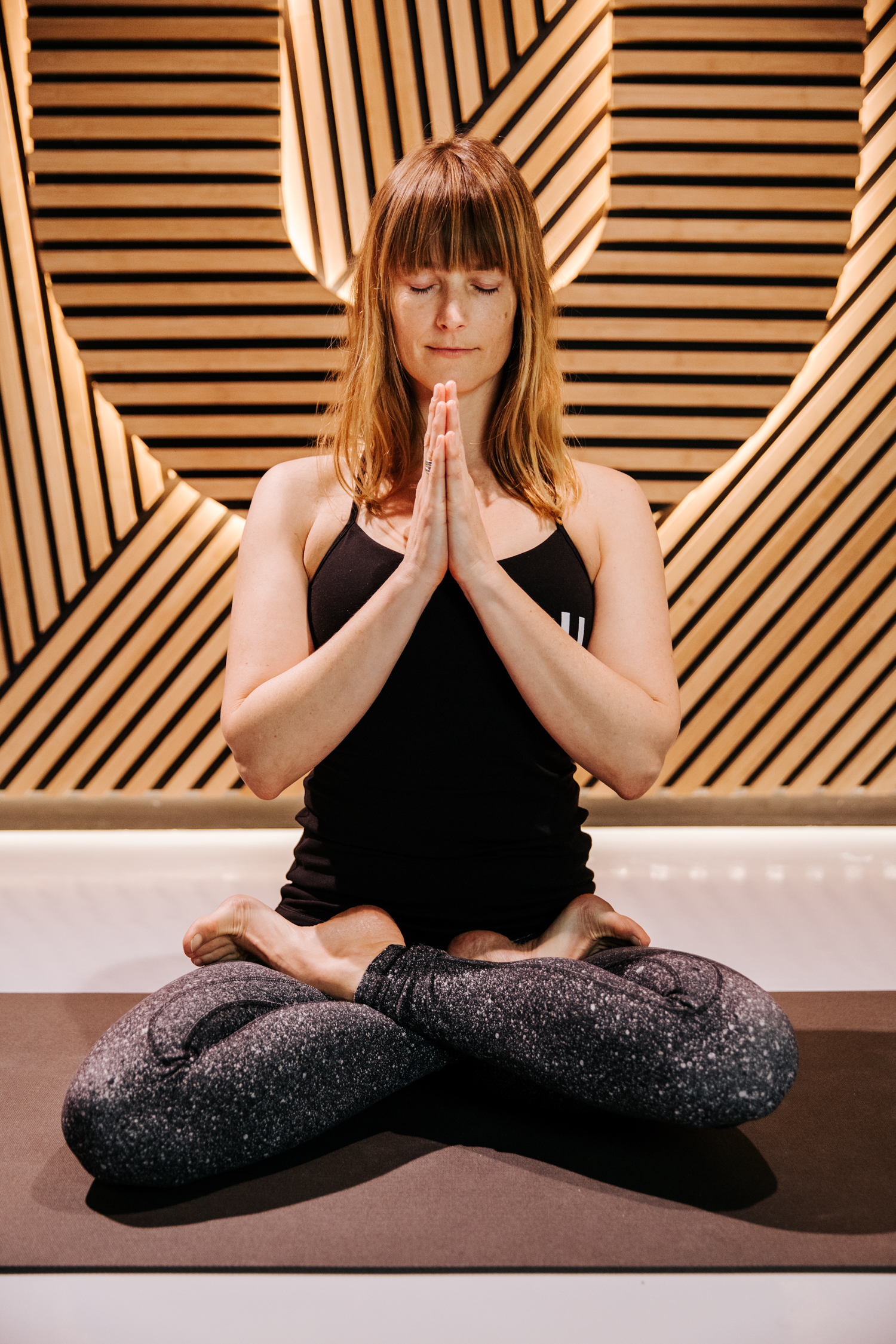
Some tips when joining a slower-paced class:
1. Notice how each pose changes with time.
As you hold each pose, notice the way in which it feels. Notice the changes that occur in your mind. What is your attitude toward the pose? Do you do more thinking toward the beginning of the pose or toward the end?
Your emotions come and go, your thoughts disappear and reappear. The worlds inside you and around you are changing with time; as you become more relaxed, look deeper: Is there anything that doesn’t change, anything that is immune to the effects of time?
2. Shift gradually from movement to stillness
Don’t force yourself to not move, but ease yourself into the pose by moving in and out of each pose of your practice several times before holding it. By practicing this way, you satisfy the part of yourself that craves movement before committing to stillness. Gradually make each movement smaller, more subtle. After a minute or so of these ever-decreasing movements, settle into the pose.
3. Notice the movement inside the stillness
For those of us who prize fast, fluid motion, holding poses can be easier if we can recognise that what we think of as “stillness” may not be so still at all: movements are occurring inside of us at every moment. Notice, for example, the movements of your breath. What moves with the breath? Can you feel the breath moving your lungs, rib cage, sternum, and shoulder blades? Is there anything at all that is truly still?
We all need to slow down and savor the finer points of life. If we don't do this, we end up missing out on a lot. We can rush through our entire lives without ever taking our time to appreciate what's right in front of us. Slowing down can be a key component of self-care.
If you would like to explore the practice of slower-paced yoga further or find out more about Yin yoga, join one of our yin yoga classes!
